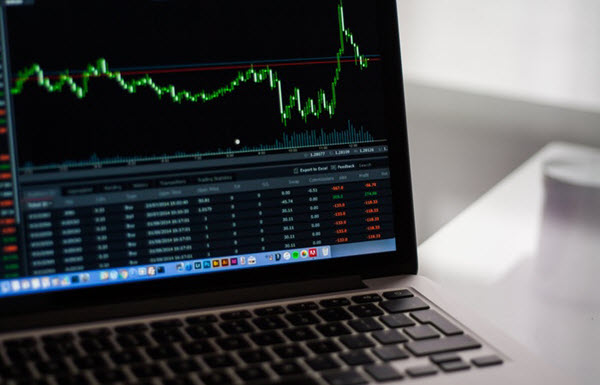You may or may not have heard of CFD in regards to trading. However, they can be a valuable resource in the financial world. If you’ve never heard of them, this is for you. What is CFD? We’re going to cover the answer to this. Additionally, we’ll talk about how trading works, costs, and benefits.
Defining CFD
CFD is short for Contract for Difference. This is a flexible financial market or instrument that allows traders to participate in several different markets. You can speculate on whether or not the global financial market’s values will rise or fall and trade accordingly. This market includes things like shares, commodities, treasuries, currencies, and indices.
You’re able to quickly and easily sell (go short) if you think the market’s prices are going to drop, or you can buy (go long) if you think the market’s prices are going to rise. Additionally, CFDs are tax-efficient in the United Kingdom, and you’re able to use any CFD trades to hedge your existing portfolio. However, they don’t exist in the United States.
How CFD Trading Works
If you’ve never traded CFD accounts before, you want to find a broker that is open and friendly to beginners. If you need a broker, easyMarkets is an example of a beginner-friendly broker. You may want to take a look and make your first few trades here.
When you trade CFDs, you don’t sell or buy any underlying assets like you would with normal trading. There’s no commodity, physical shares, or currency pairs involved. Instead, you’ll buy and sell a number of units for the particular market you want to trade in. You could choose currencies or treasuries, or there are other markets available.
Additionally, there isn’t a maximum or minimum amount of CFDs you can get at one time. Unlike standard trading where you have to buy a minimum of 500 or 1,000 shares, you can buy a single share with CFD trading. This makes it very accessible for beginners, and you don’t have to worry about taking large losses if it doesn’t go your way.
For every point the CFD’s price moves toward your favor, you’ll get multiple units of the CFD you sold or bought. For every point the CFD’s price moves away from you, you take a loss. Trading this way doesn’t actually put an order in for you each time you pick a market. Instead, it puts a trade on one side or another on a set price.
See Also: Trading Tips For Beginners: Are You Emotionally Ready to Trade Online?
Margin and Leverage

Now that you know what a CFD is and the basics of using this trading route, we’ll get a little more specific. Our goal is to give you a thorough understanding of CFD trading, and this means that you have to know what margin and leverage is.
Every CFD you have is a leveraged product. This means that you’re only required to deposit a fraction of the trade’s full value in order to open a position. This is called a margin requirement or trading on margin. Margin requirements allow you to magnify the amount you get in returns if you do well. However, it also magnifies the amount you lose because your lose total comes based on the CFD’s full value.
CFD Trading Costs
When it comes to CFD trading, there are three main cost points you have to consider. As long as you know about them, you’ll be able to ensure that you have enough money to cover them when the time comes.
- Commission – Depending on where you are in the world, which markets you trade on, and what you trade, you could pay commission. For example, certain platforms charge a commission on applicable shares. If you choose to trade these particular shares, commission typically starts at 0.10-percent of the full cost.
- Holding Costs – At the end of every trading day, any positions that you have open in your account may incur a holding cost. This cost can be either negative or positive depending on the holding rate and which direction your position is in. Also, the end of the trading day is 5:00 p.m. in New York time.
- Spread – You’re required to pay the difference between the buy and sell price of all of your CFDs. This is the spread. You get a quoted price when you enter to buy a trade, and exit the trade using the sell price. The shorter the distance between these two prices is, the less the price has to move in your favor before you make a profit or a loss if the price moves the opposite direction.
Benefits of CFD Trading
There are several benefits associated with CFD trading, and this is what makes it so popular with people who don’t have a lot of money to invest but who want to start trading.
Benefits include:
Dozens of Markets
You’ll gain access to a huge variety of markets with this type of trading. Currently, you can pick from over 15,000 markets all over the world. Also, all of your trades stay under one central login. You won’t have to worry about keeping track of which trade is on which market.
Exit Any Time
Unlike the regular stock market where you can’t exit until normal business hours, CFD allows you to exit your trades in the middle of the night. This is excellent news for people who believe that their shares are going to plummet and cost them.
Ability to Go Short
Going short means that you’re able to trade on a market that is currently on the way down in terms of pricing. So, you’d trade on your buy price if you think the market is going to go up, and you’d trade on the sell price if you think the market on your share was going to drop.
See Also: How Has Trade Changed Over Time